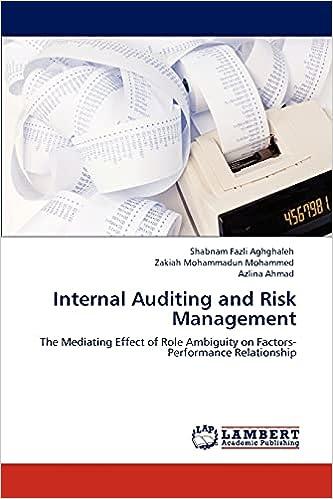HomeGrown Company o indoor tarmer's markets, providing fresh, local produce, meats, and dairy products to consumers in urban areas. HomeGrown is considening companies) who would like to provide buildings for the new stores HomeGrown Company is a chain of grocery shores that ane similar t opening several stores in a new cty, and has proposals from three contractors (Alpha, Beta, and Gamma The amount of expected revenue from the stores will depend on the design of the contractor. For ower overal. Howeve, i decides on a more open floor plian, with less shelfspace for products, revenue would be example,if HomeGrown t HomeGrown decides on a very crowded floor plian, it may lose customers who appreciate a more open feel s the project manager for HomeGrown, you are responsible for decilding which if any of the proposalis to accept. HomeGrown's minimum heee contractors: 20%. You rece ve Pe folowing dta tron me acceptable rate of retum Proposal Type of Floor Plan Aipha Very open, lke an indoor tarmer's marke Beta Standard grocery shelving and layout, minimal aisle space Gamma Mix of open areas and shelving areas Initial Cost ifSelected Residual Value $1,472,000 5,878,900 2325,760 $0.00 0.00 0.00 You have computed estimates of annual cash tfows and average annual inoome from customers for each of the thvee contractors' plans. You believe that the annual cash tows will be equal for each of the 10 years for which you are preparing your capital investment analynis. Your conclusions are presented in the following table three contractors Proposal Alpha Beta Gamma Type of Floor Plan Very open, like an indoor farmer's market Standard grocery shelving and layout, minimal aisle space Mix of open areas and shelving areas Initial Cost if Selected Residual Value S0.00 0.00 0.00 $1,472,000 5,678,900 2,325,760 You have computed estimates of annual cash tows and average anual income from customers for each of the three contractors' plans. You believe that the for which you are preparing your capital investment analysis. Your conclusions are presented in the following table. Estimated Average Annual Income (after depreciation) $291,014 Estimated Average Annual Cash Flow $351,145 Proposal Alpha Beta Gamma 272,019 475,608 582,719 654,469 compare meunous or capiar invesimens anaysis in ne osowing taoie to pegin your evaiuauor or ane ree capiar invesmene proposas aipna, ea, uno Gamma. You decide to compare four methods: the average rate of return, cash payback period, net present value, and internal rate of retum methods rs in u w stor ss sh Net Present Value Method Internal Rate of Return Method Average Rate of Return Method Cash Payback Method Considers the time value of money Does not consider the time value of money Easy to compute Not as easy to compute Directly considers expected cash lows Directly considers timing of expected cash flows Assumes cash flows can be reinvested at minimum s 20% cash desired rate of return Can be used to rank proposals even if project lives are not the same begin by trying to ein nate any proposals that are not yielding the company's min um required rate of return of 20% Complete re blo ing table, and decide whether Alpha, Beta, andlor Gamma should be eliminated because the average rate of return of their project is less than the company's minimunm required rate of return. Complete the following table. Enter the average rates of return as percentages rounded to two decimal places Estimated Average Annual Income Accept or Reject? Average Investment Average Rate of Return Proposal Alpha Beta Gamma Cash Payback Method rs You've decided to confirm your results from the average rate of return by using the cash payback method ess Using the tollowing table, compute the cash payback period of each investment tf required, round the number of years in the cash payback period to a whole number Cash Payback Period in Years Annual Net Cash Inflow Initial Cost Proposal Alpha Beta Gamma Net Present Value Even though you're fairly certain that your evaluation and elmination is correct, you would like to compare the three proposals using the net present value method, and get some data about the internal rate of return of the proposals, each of which are expected to generate their respective annual net cash inflows for a period of 10 years. is20% Compute the net present value of each proposal. You may need the following partial table of factors for present value of anannuty of S1. Enter amounts that represent cash outflows as negative numbers using a minus sign. Round the present value of annual net cash flows to the nearest dollar Present Value of an Annuity of $1 at Compound Interest (Partial Table) 10% 0.909 3.791 6.145 20% 0833 2991 4.192 Year il cash 10 Alpha Beta Gamma Anual net cash ow Present value factor Present value of annual net cash flows Amount to be invested Net present value













